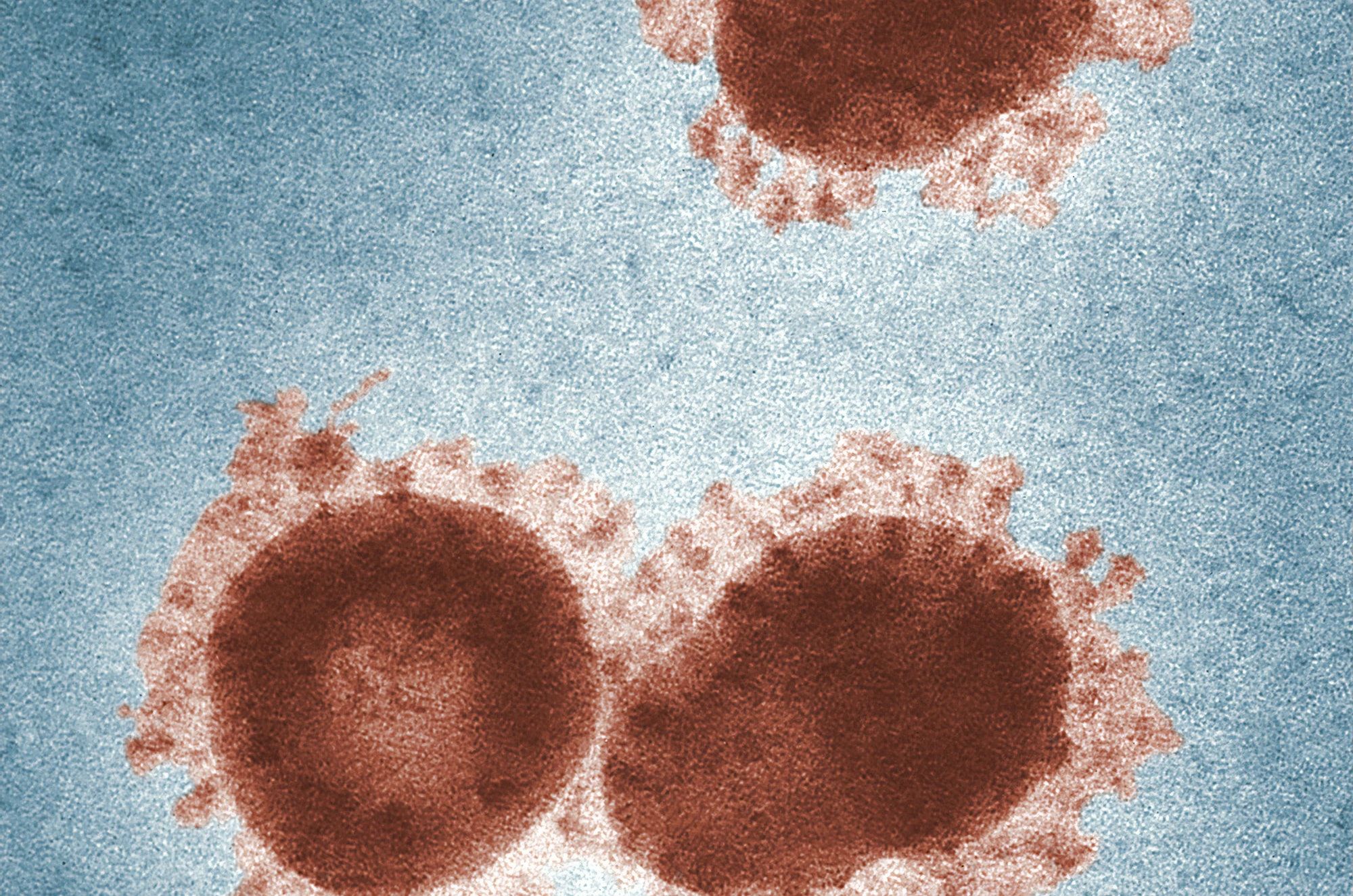
Using tech against COVID19
Late last year, a new type of Corona Virus, initially called nCoV-19 or novel Corona virus and later named SARS-CoV-2 broke out in Wuhan, China. Whilst it has infected over 82.000 people as of Thursday, 27/02/2020 and claimed nearly 3000 lives, technology is a major reason why the outbreak wasn’t much worse.
Tech reducing the spread
With a pandemic like COVID19, technology can significantly reduce the spread of the virus. How? Drones making deliveries, robots moving goods… and video conferences that let people stay home and not go into the office - all of these technologies helped to reduce human contact and thus also reduce the possibility for people to get in contact with the virus.
The increasing penetration and availability of video conferencing technology lead to many employers being much more at ease with office workers all over the world staying home.
And then there is tech used directly in hospitals. In Seattle, a man infected with COVID19 is almost entirely being treated by a robot. In China, Danish robotics company UVD supplied robots to help disinfect hospitals and contain the virus.
On the flip side, facial recognition is used to detect people not wearing masks, technology that could later also be used by oppressive regimes to quickly disperse protests such as the ones in Hong Kong. Especially in the hands of governments, this development makes me anxious.
Tech in analysis and treatment
Many companies immediately jumped into analysing the virus. Even at my own neuralfinity we conducted a few video conferences to discuss if and how we could apply our deep learning capabilities to studying the spread as well as potential analysis of SARS-CoV-2 and drug engineering for both medication for treatment and potential vaccines (ultimately, we would have needed significantly more resources and a partner with the required knowledge in virology). I read a lot about virology and epidemiology and have to say this was a great learning experience, helping me to become much more familiar with the field of health tech than I have personally been before.
Metabiota and BlueDot were great at tracking the virus and predicting its spread and risk. BlueDot, for instance, even notified their customers of the outbreak before the WHO did by using NLP to analyse articles in 65 languages to find signs of epidemics.
Thanks to the speed at which modern technology is evolving, it took only three days until the full sequence of the virus was released to the public. Once the virus was diagnosed in France, the Institut Pasteur managed to also sequenced the genome within less than 48h after obtaining a sample. Bioengineer Vladimir Naumov showed how quickly this sequence data can then be analysed by a single person, using only open source tools in just one day.
In drug discovery we suddenly have a tool to analyse massive amounts of data about existing drugs, finding which ones have desirable characteristics that make them potential candidates to treat COVID19. Fellow London based AI Startup Benevolent AI published a paper on how they used machine learning to mine information about approved medication and identify baricitinib as a possible drug for COVID19 treatment.
Insilico from Rockville, Md. even discovered thousands of molecules, 100 of which will be synthesised and tested as they promise to be a potential candidate for a future COVID19 treatment, too.
AI is being applied to hospital applications
Meanwhile, software developed by Beijing based startup Infervision, designed to identify cancer in CT scans, has been modified to be used to make detecting pneumonia (a symptom also caused by SARS-CoV-2) much quicker, helping to check more potential cases with the same amount of doctors and thus rapidly increasing the speed of diagnosis and the capacity available to hospitals. The tool was now deployed at 34 hospitals across China.
The future
Hopefully, humanity will go on and continue to develop technologies that can be applied to lessen the impact of a crisis such as the COVID19 pandemic.
But there is more to do: With the spread of machine learning in so many branches of medical research and epidemiology, issues such as training data bias become more pressing and need to stay on the agenda of startups, researchers (and of course research startups, ;) ) as well as politicians thinking about sensible regulation. We need a balance to help keep the speed of development high for life saving technologies, and still devote sufficient care and caution to risks. But there is no doubt, technology already saved countless lives, just this year alone.
Side Note (added 05/04/2020)
Since the crisis put the world in turmoil it is important to make sure we are all accurate in communication about this pandamic. First of all a matter of terms: COVID19 is the name of the illness and SARS-CoV-2 is the name of the virus that causes it. I have previously also mixed them up, which is why I corrected this today.
